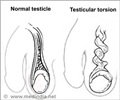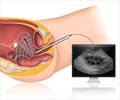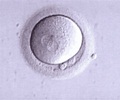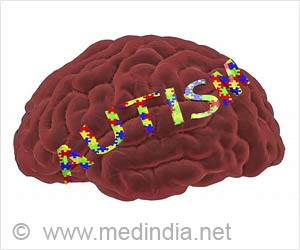Ultrasound reduced pain-induced stress reactions, improving heart rate and variability, for enhanced overall health.

Noninvasive neuromodulation of subregions of the human insula differentially affect pain processing and heart-rate variability: a within-subjects pseudo-randomized trial
Go to source) “This is a proof-of-principle study,” Legon said. “Can we get the focused ultrasound energy to that part of the brain, and does it do anything? Does it change the body’s reaction to a painful stimulus to reduce your perception of pain?”
‘The application of ultrasound diminished physiological reactions to pain-induced stress, including heart rate and heart rate variability, both linked to improved overall health. #ultrasound #pain’





Focused ultrasound uses the same technology used to view a baby in the womb, but it delivers a narrow band of sound waves to a tiny point. At high intensity, ultrasound can ablate tissue. At low-intensity, it can cause gentler, transient biological effects, such as altering nerve cell electrical activity.
Focused Ultrasound Targets Deep Brain Regions
Neuroscientists have long studied how non-surgical techniques, such as transcranial magnetic stimulation, might be used to treat depression and other issues. Legon’s study, however, is the first to target the insula and show that focused ultrasound can reach deep into the brain to ease pain.The study involved 23 healthy human participants. Heat was applied to the backs of their hands to induce pain. At the same time, they wore a device that delivered focused ultrasound waves to a spot in their brain guided by magnetic resonance imaging (MRI).
Participants rated their pain perception in each application on a scale of zero to nine. Researchers also monitored each participant’s heart rate and heart rate variability – the irregularity of the time between heart beats – as a means to discern how ultrasound to the brain also affects the body’s reaction to a painful stimulus.
Participants reported an average reduction in pain of three-fourths of a point.
“That might seem like a small amount, but once you get to a full point, it verges on being clinically meaningful,” said Legon, also an assistant professor in the School of Neuroscience in Virginia Tech’s College of Science. “It could make a significant difference in quality of life, or being able to manage chronic pain with over-the-counter medicines instead of prescription opioids.”
Advertisement
The effect of focused ultrasound on those factors suggests a future direction for the Legon lab’s research – to explore the heart-brain axis, or how the heart and brain influence each other, and whether pain can be mitigated by reducing its cardiovascular stress effects.
Advertisement
The study was supported by the Seale Innovation Fund, the Focused Ultrasound Foundation, and the National Institutes of Health.
Reference:
- Noninvasive neuromodulation of subregions of the human insula differentially affect pain processing and heart-rate variability: a within-subjects pseudo-randomized trial - (https://journals.lww.com/pain/fulltext/9900/noninvasive_neuromodulation_of_subregions_of_the.514.aspx)















